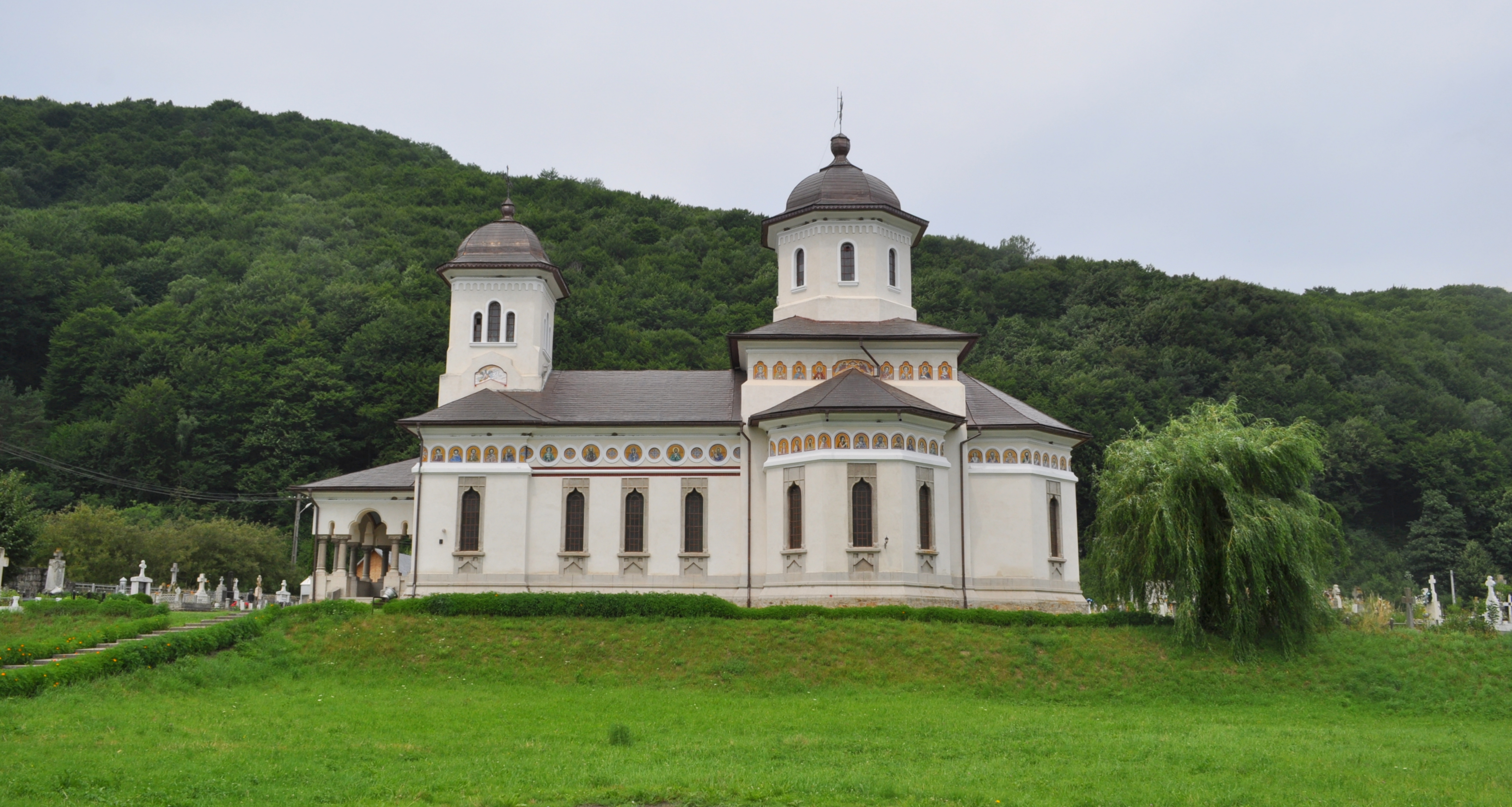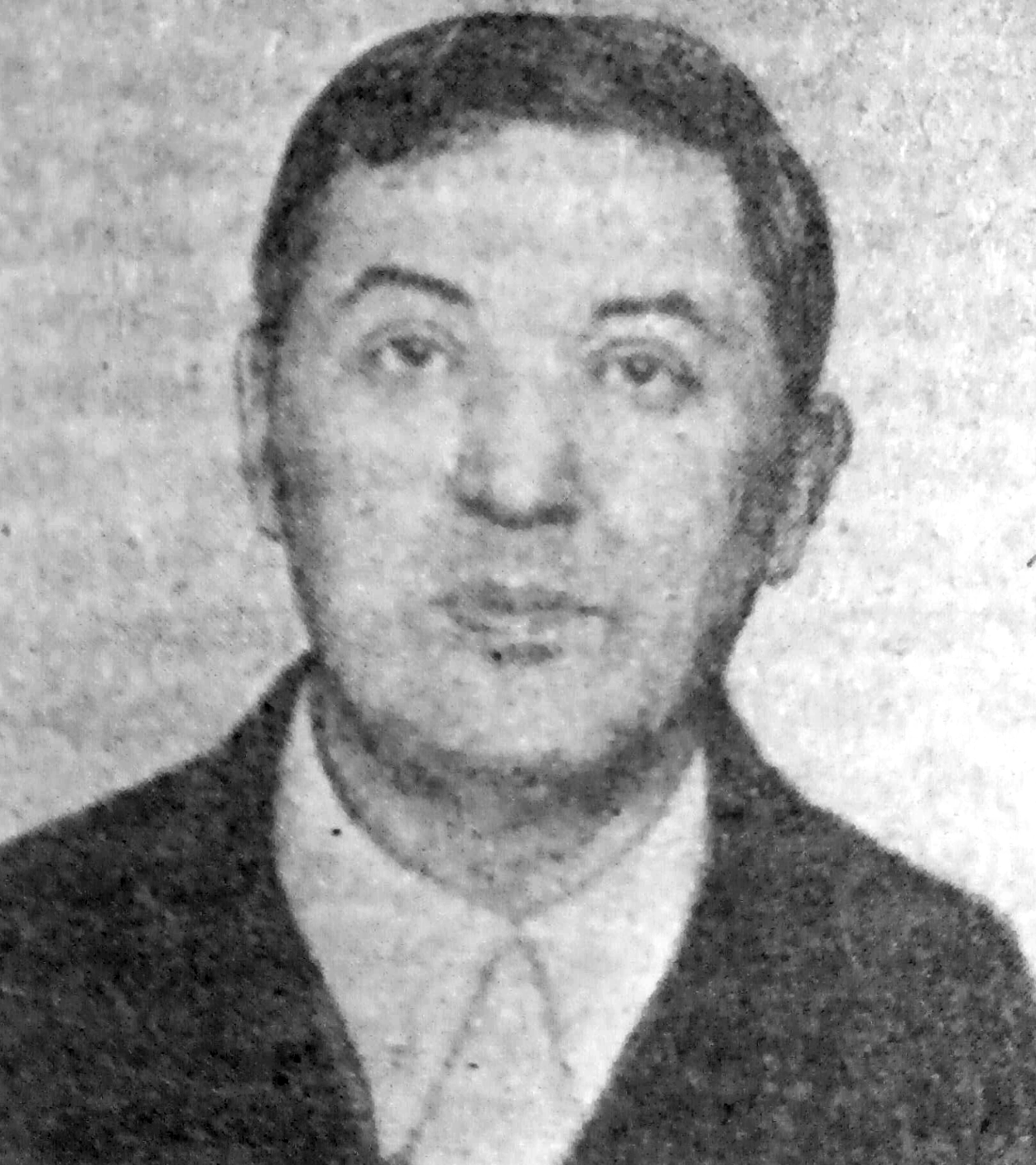|
Oituz
Oituz (formerly ''Groze╚Öti''; hu, Gorzafalva) is a commune in Bac─āu County, Western Moldavia, Romania. It is composed of six villages: C─ālc├ói (''Z├Čldlonka''), Ferestr─āu-Oituz (''F┼▒r├®szfalva''), H├órja (''Herzsa''), Marginea, Oituz and Poiana S─ārat─ā (''S├│smez┼æ''). Oituz was the site of three battles during the First World War: the First, Second, and the Third Battle of Oituz. According to Iorgu Iordan, the commune's name is of Turkic origin; ''otuz'' or ''oltuz'' means "thirty" in some Turkic languages. Poiana S─ārat─ā village is part of Transylvania;''Memoriile Sec╚øiilor ╚śtiin╚øifice'', Romanian Academy, series IV, vol. XXVII, p.171. in Austria-Hungary, it belonged to H├Īromsz├®k County, and after a reorganization to Trei Scaune County in Romania until 1950. Demographics At the 2002 census, 99.8% of inhabitants were ethnic Romanians and 0.2% Hungarians. 49.2% were Romanian Orthodox, 48.9% Roman Catholic and 1.8% Seventh-day Adventist The Seventh-day Ad ... [...More Info...] [...Related Items...] OR: [Wikipedia] [Google] [Baidu] |
Second Battle Of Oituz
The Second Battle of Oituz was fought between 10 November and 16 November 1916. The Romanian forces, led by Brigadier-General Eremia Grigorescu, faced off against an Austro-Hungarian and German force led by Friedrich von Gerok (officer), Friedrich von Gerok. The battle resulted in the failure of the attempt by the Central Powers to force the Carpathian Mountains and enter the Siret (river), Siret valley in order to cut the Romanian forces in two. Background The First Battle of Oituz was part of the defense of the passes of the Carpathian Mountains by the Romanian Army. It lasted from late September to the beginning of October, and had three main objectives: stopping the offensive on the Transylvanian front, consolidating a defensive position in the Carpathians and allowing for an eventual resumption of the offensive by the Romanian forces. Austro-Hungarian and German forces, under the command of Archduke Charles I of Austria, heir to the Austro-Hungarian throne, consisted of t ... [...More Info...] [...Related Items...] OR: [Wikipedia] [Google] [Baidu] |
Third Battle Of Oituz
The Third Battle of Oituz was a confrontation between Romanian and, to a lesser extent, Russian forces on one side and German and Austro-Hungarian forces on the other, during the Romanian Campaign of World War I. The battle took place primarily in the Oituz valley on the border between Hungary and Romania, from 8 to 22 August 1917. Prelude and order of battle The Austro-Hungarian First Army planned to attack Romanian positions along the Oituz valley, primarily using the Gerok Group, which had recently participated in the Battle of M─ār─ā╚Öti. The 8th Corps would undertake the main effort; it comprised one German and two Austro-Hungarian infantry divisions deployed between Valea Dofteanei and M─āgura Ca╚Öinului, and two Austro-Hungarian cavalry divisions in reserve. In front of them, the Romanian Second Army deployed the 2nd and 4th Corps, with a total of six infantry divisions (1st, 3rd, 6th, 7th, 9th, 12th) and two reserve battalions. The attack would be carried out on ... [...More Info...] [...Related Items...] OR: [Wikipedia] [Google] [Baidu] |
Romania During World War I
The Kingdom of Romania was neutral for the first two years of World War I, entering on the side of the Allied powers from 27 August 1916 until Central Power occupation led to the Treaty of Bucharest in May 1918, before reentering the war on 10 November 1918. It had the most significant oil fields in Europe, and Germany eagerly bought its petroleum, as well as food exports. From the point of view of its belligerent status, Romania was a neutral country between 28 July 1914 and 27 August 1916, a belligerent country on the part of the Entente from 27 August 1916 to 9 December 1917, in a state of armistice with the Central Powers from 10 December 1917 to 7 May 1918, a non-combatant country between 7 May 1918 and 10 November 1918, and finally a belligerent country in the Entente between 10 and 11 November 1918. At the start of World War I, King Carol I of Romania favored Germany, while the nation's political elite favored the Entente. As such, the crown council took the decision ... [...More Info...] [...Related Items...] OR: [Wikipedia] [Google] [Baidu] |
First Battle Of Oituz
The First Battle of Oituz was fought between 12 and 27 October 1916 between the Kingdom of Romania on one side and Austria-Hungary and the German Empire on the other. It was part of the Romanian operations for the defense of the passes in the Carpathians. The objectives of the operation were to resist the enemy attack on the Transylvania Transylvania ( ro, Ardeal or ; hu, Erd├®ly; german: Siebenb├╝rgen) is a historical and cultural region in Central Europe, encompassing central Romania. To the east and south its natural border is the Carpathian Mountains, and to the west the Ap ...n front, to obtain and maintain a defensive device in the Carpathian alignment and to create the conditions for an eventual counter-offensive. At the end, the Central Powers (Germany and Austria-Hungary) failed to defeat the Romanian forces and the battle was a victory for the latter. The Austro-Hungarian forces were commanded by Charles I of Austria, heir to the Austro-Hungarian throne, whil ... [...More Info...] [...Related Items...] OR: [Wikipedia] [Google] [Baidu] |
Bac─āu County
Bac─āu County () is a county ( jude╚ø) of Romania, in Western Moldavia, with its capital city at Bac─āu. It has one commune, Ghime╚Ö-F─āget, in Transylvania. Geography This county has a total area of . In the western part of the county there are mountains from the Eastern Carpathian group. Here, along the valleys of the Oituz River and Trotu╚Ö River, there are two important links between Moldavia and Transylvania. On the East side, the heights decrease and the lowest point can be found on the Siret River valley which crosses the county from North to South down the middle. On the East side there is the Moldavian Plateau crossed by many small rivers. Flora and fauna Bears, wolves, foxes, wild boars, and squirrels inhabit Bac─āu County's mountains, particularly in its rural Sl─ānic-Moldova region; the remnants of the local deers are preserved in M─ān─āstirea Ca╚Öin. Neighbours *Vaslui County in the East. *Harghita County and Covasna County in the West. *Neam╚ø County ... [...More Info...] [...Related Items...] OR: [Wikipedia] [Google] [Baidu] |
Aurora Gruescu
Aurora Gruescu (15 May 1914, Oituz ŌĆō 2005) was the world's first female forestry engineer, as well as the first Romanian person in the Guinness Book. She worked as a forestry engineer for 25 years. She made considerable contributions to the field of forestry, such as the first national afforestation plan, set on 100,000 hectares, as well as the use of chemical controls of pests in the infested forests around Bucharest Bucharest ( , ; ro, Bucure╚Öti ) is the capital and largest city of Romania, as well as its cultural, industrial, and financial centre. It is located in the southeast of the country, on the banks of the D├ómbovi╚øa River, less than north of .... Biography Gruescu was born to the family of teacher Chiriac Dragomir. At the age of 10, she took part in a school trip that aimed to improve students' knowledge of nature. This included a visit to a forest, which had a lasting impact on Gruescu and influenced her decision to later enter forestry. After graduati ... [...More Info...] [...Related Items...] OR: [Wikipedia] [Google] [Baidu] |
Eugen Cristescu
Eugen Cristescu (3 April 1895 – 12 June 1950) was the second head of the Kingdom of Romania's domestic espionage agency, the Secret Intelligence Service (SSI), forerunner of today's SRI, convicted in 1946 as a war criminal. He previously served as head of Siguran╚øa Statului, the secret police. Biography Early life Cristescu was born in Oituz, Bac─āu County into a large, poor family. His father Ioan was a schoolteacher there, while his mother's main occupation was raising her six sons and three daughters. His brothers were Ioan, chief of staff at the Ilfov County prefecture; Vasile, lieutenant colonel in the personal guard of Marshal Ion Antonescu; Mihai, commissioner at the Bucharest Prefecture; Mircea, employee of the Foreign Ministry's Protocol Service; and Gheorghe, head of the photo identification service and then a director in the Secret Intelligence Service of the Romanian Army, which on 13 November 1940, a day after Eugen became its head, was renamed the Special In ... [...More Info...] [...Related Items...] OR: [Wikipedia] [Google] [Baidu] |
Hungarians
Hungarians, also known as Magyars ( ; hu, magyarok ), are a nation and┬Ā ethnic group native to Hungary () and historical Hungarian lands who share a common culture, history, ancestry, and language. The Hungarian language belongs to the Uralic language family. There are an estimated 15 million ethnic Hungarians and their descendants worldwide, of whom 9.6 million live in today's Hungary. About 2ŌĆō3 million Hungarians live in areas that were part of the Kingdom of Hungary before the Treaty of Trianon in 1920 and are now parts of Hungary's seven neighbouring countries, Slovakia, Ukraine, Romania, Serbia, Croatia, Slovenia, and Austria. Significant groups of people with Hungarian ancestry live in various other parts of the world, most of them in the United States, Canada, Germany, France, the United Kingdom, Chile, Brazil, Australia, and Argentina. Hungarians can be divided into several subgroups according to local linguistic and cultural characteristics; subgroups with dist ... [...More Info...] [...Related Items...] OR: [Wikipedia] [Google] [Baidu] |
Romanian Union Conference Of Seventh-day Adventists
The Romanian Union Conference of Seventh-day Adventists ( ro, Uniunea de Conferin╚øe a Bisericii Adventiste de Ziua a ╚śaptea din Rom├ónia) is Romania's seventh-largest religious body, part of the worldwide Seventh-day Adventist Church. At the 2011 census, 85,902 Romanians declared themselves to be Seventh-Day Adventists. The church put its own membership at 62,215 in 2020. Ethnically, in 2002, they were 83.5% Romanians, 9.7% Hungarians, 4.9% Roma, 1.4% Ukrainians and 0.5% belonged to other groups. The denomination has 1,185 church buildings and some 340 pastors. It originates in the 19th century and is divided into six local conferences, standing for and named after some of the country's main historical regions: Banat, Northern Transylvania, Southern Transylvania, Moldavia, Muntenia and Oltenia. History In 1868-69 Micha┼é Belina-Czechowski, a former Roman Catholic priest who had embraced Adventism in the United States, arrived at Pite╚Öti and introduced Seventh-Day Adventist ... [...More Info...] [...Related Items...] OR: [Wikipedia] [Google] [Baidu] |
Roman Catholic
Roman or Romans most often refers to: *Rome, the capital city of Italy * Ancient Rome, Roman civilization from 8th century BC to 5th century AD * Roman people, the people of ancient Rome *'' Epistle to the Romans'', shortened to ''Romans'', a letter in the New Testament of the Christian Bible Roman or Romans may also refer to: Arts and entertainment Music * Romans (band), a Japanese pop group * ''Roman'' (album), by Sound Horizon, 2006 * ''Roman'' (EP), by Teen Top, 2011 *" Roman (My Dear Boy)", a 2004 single by Morning Musume Film and television * Film Roman, an American animation studio * ''Roman'' (film), a 2006 American suspense-horror film * ''Romans'' (2013 film), an Indian Malayalam comedy film * ''Romans'' (2017 film), a British drama film * ''The Romans'' (''Doctor Who''), a serial in British TV series People * Roman (given name), a given name, including a list of people and fictional characters * Roman (surname), including a list of people named Roman or Romans *ß┐¼Ž ... [...More Info...] [...Related Items...] OR: [Wikipedia] [Google] [Baidu] |





